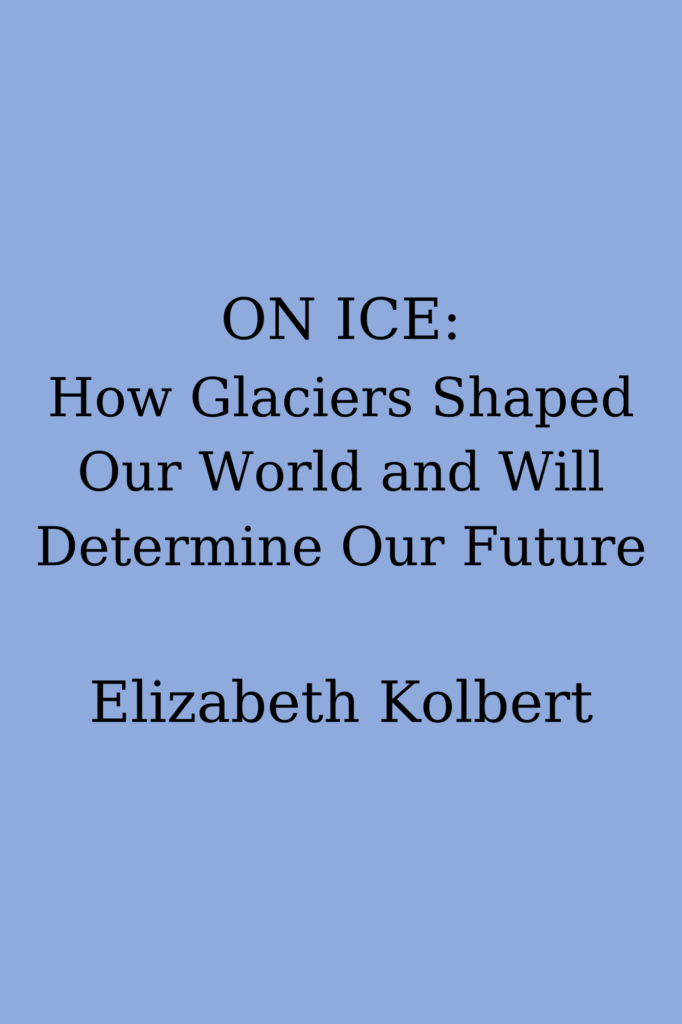On Ice
How Glaciers Shaped Our World and Will Determine Our Future
On behalf of: Kathy Robbins - The Robbins Office, Inc.
The ice ages may seem comfortably in the past—a feature of animated movies and dusty dioramas; in fact, though, they are all too relevant.
But as the world warms, the same processes that produced them (and their wild temperature swings) are running in reverse. These processes involve globe-size feedback loops that connect the tundra to the air, the air to the oceans, and the oceans to the ice sheets. Feedbacks amplify relatively small shifts into immense on-the-ground changes, and they are the reason that our seemingly trivial everyday actions—driving, flying, eating a burger–will produce a world that is unrecognizable.
Here, the bestselling, Pulitzer Prize–winning author of The Sixth Extinction tells the story of the ice ages, weaving natural history and the history of science with contemporary, cutting-edge research. To do so, Kolbert will build each chapter around a particular glacier, revealing tales of treachery, prison sentences, and, on occasion, acts of heroism by the vivid characters who drove the science forward. First charting the fundamentals of climate change, the book will then look to the future, to the world’s last remaining ice sheets.
We have been warned (over and over) that when it comes to climate change our actions will be decisive—that how much carbon we do (or don’t) put into the atmosphere will determine the planet’s fate. But the truth—the really inconvenient truth—is that this is only half true. Even in the Anthropocene, Earth’s systems operate according to their own inhuman logic. Everything that’s been learned about our planet’s history suggests that change, when it comes, is self-reinforcing and, as a consequence, violent. The changes we have set in motion may soon—and perhaps already have—run beyond our control.


